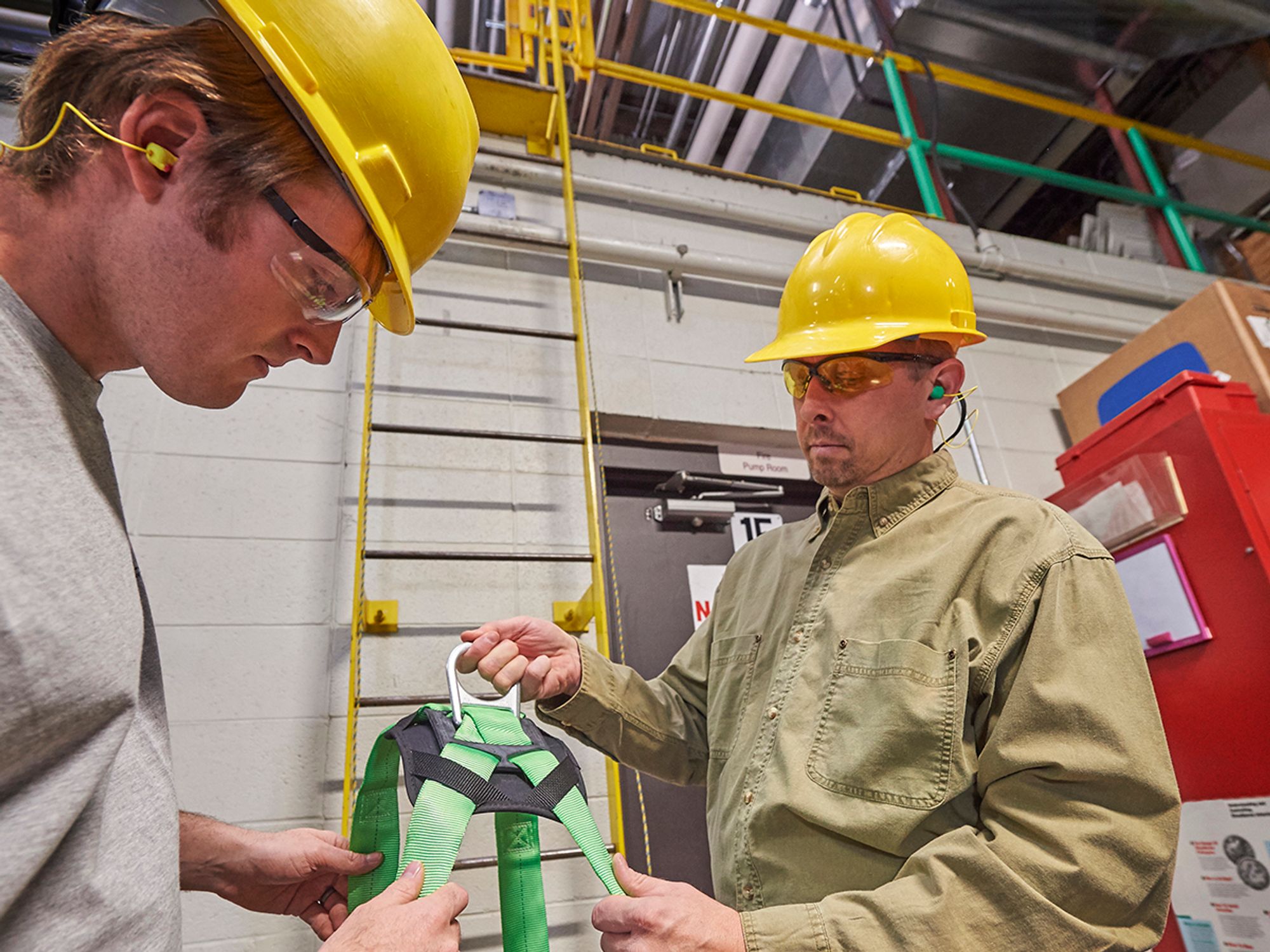Workplace safety training

- There are many benefits to a workplace safety training program that go beyond a company’s regulatory responsibilities.
Through workplace safety training, a company can provide its workforce with knowledge and skills needed to work safely and protect themselves and their co-workers. The benefits of an effective workplace safety training program, include:
- Higher worker productivity,
- Lower insurance premiums,
- Better employee satisfaction,
- Reduced worker compensation for medical leave due to work-related injuries and illnesses,
- Protection from liability lawsuits, an
- Incident prevention.
Active shooter
The majority of active shooter incidents end before law enforcement arrives. Active shooter training can help prevent loss of life by helping employees prepare for, and react to, an active shooter or an active threat.
For more information, see "Active Shooter" under the Workplace Violence topic.
Drug and alcohol training
Supervisors and employees benefit from understanding the impact drugs and alcohol make on the workplace. Knowledge of reasonable suspicion of substance abuse helps supervisors recognize when to send an employee for a drug test. Training gives employees information on the dangers of substance abuse.
For information about supervisor drug and alcohol training, see "Supervisor reasonable suspicion training" under the Drug and Alcohol Testing — DOT subject.
For more information about employee drug and alcohol training, see "Driver drug and alcohol training" under the Drug and Alcohol Testing — DOT subject.
Safety training
Even when it is not required, safety training makes a positive impact on the way employees approach their job. Training helps employees recognize workplace hazards, work safely, and take appropriate action when hazards need to be reported.
More information about safety and training programs can be found here.
